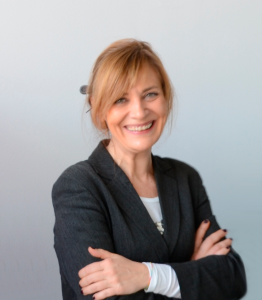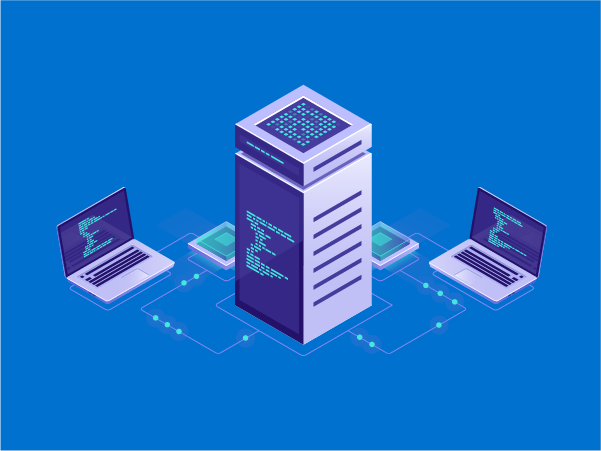Dr Sandra García, also managing director of IACS, talks about the relevance of Healthy Cloud as a project. Sandra analyses the project’s first year of life and the challenges ahead.
Tell us about the experience of co-creating the Healthy Cloud project.
All the initiatives we are involved with have a huge technological component to support this new data-driven environment we are trying to build. But Healthy Cloud is unique as it aims to create guidelines for that infrastructure we need. We focus on what is needed but also on how we can benefit and use the existing infrastructure we already have.
Why did IACS decide to partner with BSC?
It´s quite the perfect match. Barcelona Supercomputing Centre (BSC) is a major player in supercomputing capacity and also part of the core of genomics and biomolecular related research under the umbrella of the European Open Science Cloud (EOSC life infrastructure). The EU health and innovation cloud must be aligned both with ESOC and the European Health Data Space for Secondary use (EHDS2). So, our role and expertise here are totally complementary. From the BSC part, it has to do a lot with biomedical research and computing and data infrastructure. From our side, it has to do with real world health data coming from the health system and all the research infrastructure and community that comes with it.

What added value does IACS bring to the project?
In Healthy Cloud we are trying to provide guidance and strategic approach on how to use and exploit those different types of data, making them reusable together. To this aim, IACS brings in the body of public health and population health research methodologies dealing with massive amounts of data from a wide variety of sources.
We have been involved in almost all major european initiatives in this area for the last 15 years. Presently we are involved in the joint action TEHDAS, and the piloting of the European Health Data Space for secondary use (EHDS2). HealthyCloud is one more brick in trying to build the infrastructure we need to conduct data-driven research

We focus on what is needed but also on how we can benefit and use the existing infrastructure we already have.
Healthy Cloud is almost a year old, what are the main challenges ahead?
I’d say it’s a challenge and an opportunity at the same time: there is a constant stream of initiatives and data-driven efforts in Europe right now. This is clearly a great opening but at the same time is a challenge to keep up with all these efforts. However, I must say that we are in a good place to do so because most of our partners in the consortium are also major contributors in some of those initiatives so we can work in parallel and align to make the different outputs converge. Clearly, there are different components that need to be addressed to build the right environment for data-driven health research in Europe. I can think of at least 6 different projects working right now to tackle different parts of the data ecosystem. Finding the time to meet and coordinate is tricky, but we want everybody to engage and provide input.
What’s next?
In terms of milestones ahead we have the first draft of the strategic agenda for the health and innovation cloud due in September. We will have a big event to present the document and to get the insights from the members of the stakeholder’s forum.
We have been quite efficient in feeding inputs coming from other initiatives into ours. We have been exchanging results and discussions. We need to make sure that we bring added value by melting all those inputs together to shape the configuration of the future health and innovation research cloud.
We need to work out ways to encourage data sharing and reutilisation while complying with GDPR. I think distributed architectures and in premises federated analyses approaches are part of the vocabulary we need for the strategic agenda to show a viable path to success.
More about Healthy Cloud
Follow our latest news
